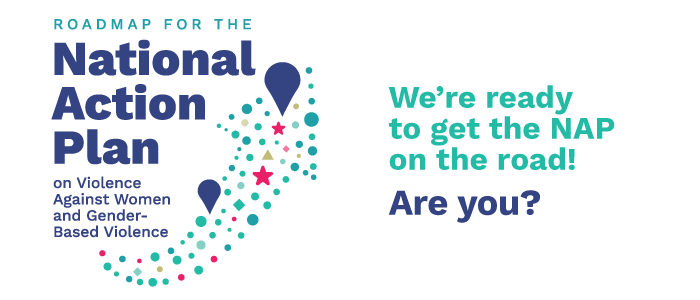 Transportation
Transportation
Content Warning: domestic violence, violence against women, gender-based violence, MMIWG
Limited transportation options put women and gender-diverse people in rural and remote communities who experience violence at greater risk.
When STC, the regional bus carrier in Saskatchewan, shut down in 2017 after 70 continuous years as a crown corporation, the move sent shockwaves* through the anti-GBV sector where people know all too well how access to a bus can mean the difference between life or death for a survivor.
Firstly, it is often necessary to put physical distance between themselves and their abuser to feel safe.
Secondly, GBV support services are limited outside urban areas. Shelters in every city welcome survivors from rural and remote areas daily.
Thirdly, survivors are often in precarious financial situations, especially in cases where their abusers control the finances. Sometimes law enforcement covers their bus fare, sometimes social services.
So imagine the devastation across the anti-GBV sector when Greyhound announced earlier this year that it would be ceasing passenger services in B.C., Alberta, Saskatchewan, Manitoba, and Northwestern Ontario by October 31.**
It cannot be overstated how vital it is for survivors of GBV to have convenient access to transportation to be able to get to safety or to support services that may be elsewhere. We need look no further than the Highway of Tears*** to know what can happen to women and gender-diverse people who wind up turning to unsafe options like hitchhiking.
#WhatWillItTake to ensure survivors can move around as needed to feel safe, no matter who or where they are?
Better enabling environments and social infrastructure — like what our recommendations propose — including a safe, accessible, affordable pan-Canadian system of public transportation, especially in northern and remote regions.
Why are equitable bus services a critical part of social infrastructure in the context of gender-based violence? As one survivor who hitchhiked with her four children on a highway to escape domestic abuse put it: “With that gone, you might as well cut their throat and end their life, because it’s going to happen if we don’t have our access to transportation.”
Recommendation 20E will engage all levels of government—federal, provincial/territorial, and municipal—to create a system of transportation across Canada that prevents and mitigates VAW/GBV. How can a transportation system do that? By making VAW/GBV considerations a key part of planning and design and baked right into all transportation/transit-related policies.
What will it take to achieve a Canada free of gender-based violence?
A bold, ambitious, intersectional National Action Plan (NAP).

